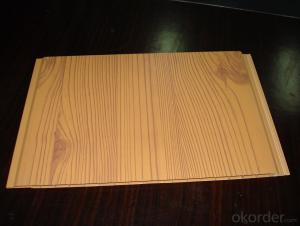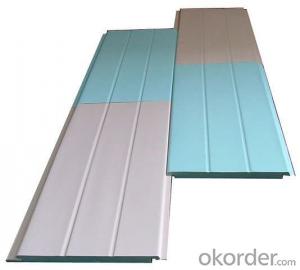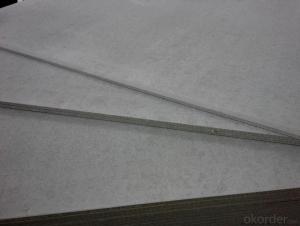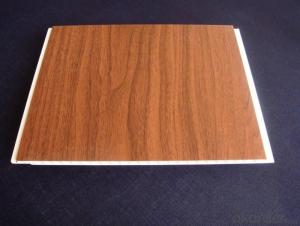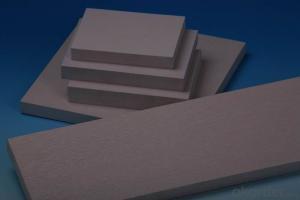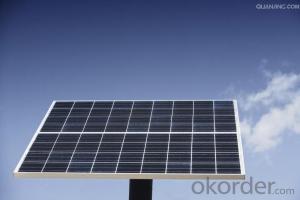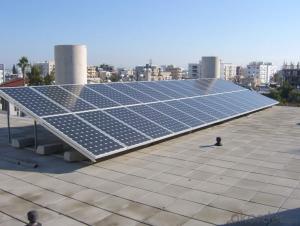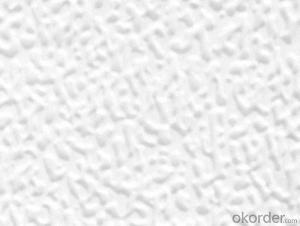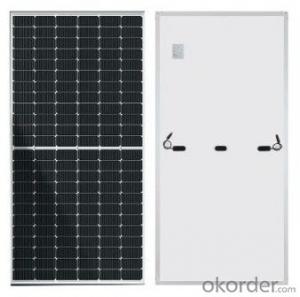Solar Panel Power Inverter Kit
Solar Panel Power Inverter Kit Related Searches
Shiny Or Dull Side Of Aluminum Foil For Cooking Inverter For 100w Solar Panel Solar Panel Inverter For Rv Pvc Tiles For Walls Wall Lights For Bedrooms Inverter Ac With Solar Panel Solar Panel With Inverter Kit Solar Panel Kits With Inverter Solar Panel With Inverter Direct Roving For PultrusionHot Searches
Used Sandwich Panel For Sale Pvc Chairs For Sale Tilt Panel Props For Sale Lightweight Scaffolding For Sale pvc pipe manufacturers in usa Sandwich Panel Price In India China Solar Panel Inverter Solar Inverter Panel Price China Pvc Geomembrane Sandwich Panel Manufacturers In Bangladesh Pvc Roofing Sheets Price India Pvc Roofing Sheets Price pvc resin price index Solar Panel Inverter Size Solar Panel Inverter Suppliers Q Cells Solar Panel Prices Tesla Solar Panel Inverter Honeycomb Sandwich Panel Suppliers Type Of Inverter For Solar Price Of Shipping Containers For SaleSolar Panel Power Inverter Kit Supplier & Manufacturer from China
Okorder.com is a professional Solar Panel Power Inverter Kit supplier & manufacturer, offers integrated one-stop services including real-time quoting and online cargo tracking. We are funded by CNBM Group, a Fortune 500 enterprise and the largest Solar Panel Power Inverter Kit firm in China.Hot Products
FAQ
- Single crystal solar panels and polycrystalline solar panels
- Monocrystalline silicon cells in the laboratory to achieve the conversion efficiency of 24.7%. Ordinary commercial conversion efficiency of 10% -18%. Monocrystalline silicon solar cells because of the production process problems, generally its semi-silicon ingots for the cylindrical into, and then through the slice -> cleaning -> diffusion knot -> remove the dice -> the production of electrodes -> corrosion around -> Reflective film and other workers made of finished products. General monocrystalline silicon solar cells four corners for the fillet. Monocrystalline silicon solar cell thickness is generally 200uM-350uM thick, and now the production trend is to ultra-thin and efficient direction
- Was looking at 0w solar panel kit. Does this mean, all I can use is something like a 0W CFL light bulb and nothing else?
- No. The way to set it up is to store the power generated by the solar panel in a battery, then use the battery to power your lights, radio, etc, when you need the power. A standard deep-cycle marine battery is typical for panels of this size (WalMart for approx $90). A 0W panel will generate between 30 50 Watt-Hours of power over the course of a day (May-Aug weather-dependent), so this would equate to running a laptop for -2 hours, or a 0W CFL light for 3-5 hours, or a 20W stereo for .5-3 hours, etc. I find it is much easier to speak in terms of watts. Divide the watt-hours by the watts of the appliance to get the number of hours it can run. Hope that helps!
- The maintenance cost of solar panels is generally low. Routine maintenance such as cleaning the panels and checking for any damage or debris is recommended, which can be done by the owner or a professional. Additionally, occasional inspections and repairs may be required, but these costs are minimal compared to the long-term benefits of using solar energy.
- Yes, solar panels can be used in areas with high levels of volcanic activity. While volcanic activity may pose certain challenges such as ash emissions or occasional cloud cover, solar panels can still generate electricity during periods of low activity. Additionally, solar panels can be designed and installed to withstand harsh environmental conditions, including volcanic ash deposition, ensuring their long-term functionality.
- Yes, solar panels can definitely be used for large-scale power generation. With advancements in technology and decreasing costs, solar power has become a viable option for utility-scale projects. Large solar farms comprising thousands of panels are being built around the world to generate electricity on a massive scale. These solar installations have the potential to provide clean and sustainable energy for cities, industries, and even entire regions.
- Yes, solar panels can be used for powering water treatment plants. Solar energy can be harnessed to generate electricity, which can then be used to power the various processes and equipment involved in water treatment plants. This environmentally-friendly approach helps reduce reliance on fossil fuels and contributes to sustainable water management practices.
- Yes, solar panels can be used to power outdoor lighting. Solar panels convert sunlight into electricity, which can be stored in batteries or used directly to power outdoor lights, such as garden lights, streetlights, or security lights. This allows for sustainable and cost-effective lighting solutions in outdoor areas.
- Yes, solar panels can be used to power an entire home. By installing a sufficient number of solar panels on the roof or in the backyard, homeowners can generate enough electricity to meet their household's energy needs. Additionally, excess energy produced during the day can be stored in batteries or fed back into the grid for use during nighttime or cloudy days. The size and efficiency of the solar panel system, as well as the energy consumption of the home, will determine its ability to fully power the entire house.
